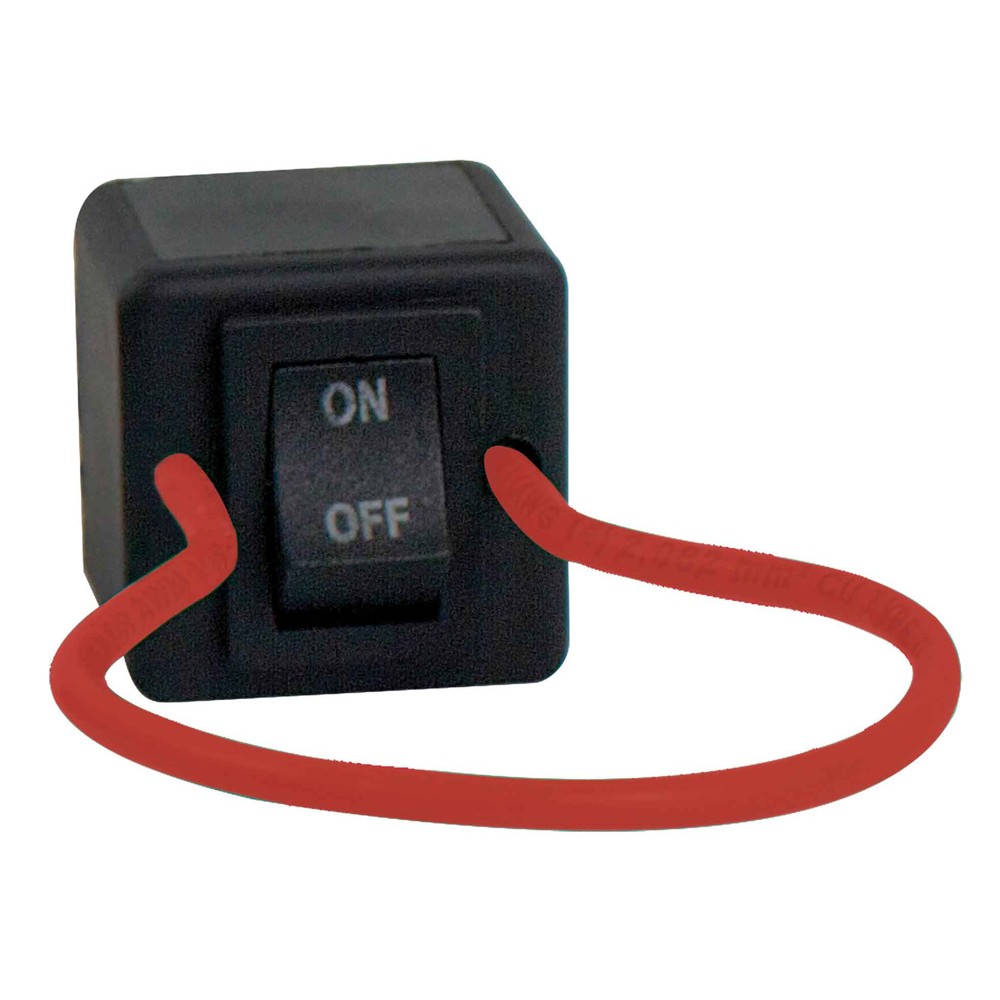Unveiling the Powerhouse of Electrical Control: Exploring the Most Common Type of Relay

Relays are indispensable components in electrical control systems, serving as the bridge between low-power control circuits and high-power loads. They play a crucial role in various industries, including automation, telecommunications, automotive, and power distribution. In this blog post, we will delve into the world of relays and uncover the most common type that dominates the field.
- Electromechanical Relays:
The most prevalent type of relay is the electromechanical relay, which utilizes an electromagnet to control the switching mechanism. It consists of several key components, including a coil, armature, contacts, and a spring. When an electric current flows through the coil, it generates a magnetic field that attracts the armature, causing the contacts to close or open, depending on the relay's design. This type of relay offers excellent reliability, versatility, and compatibility with various voltage and current ratings. - Solid-State Relays:
In recent years, solid-state relays (SSRs) have gained popularity due to their numerous advantages over electromechanical relays. SSRs employ semiconductor devices, such as thyristors or transistors, to perform the switching operation. They offer faster response times, higher switching frequencies, and enhanced durability compared to their electromechanical counterparts. SSRs also eliminate the need for mechanical parts, resulting in reduced maintenance requirements and improved resistance to shock and vibration. - Reed Relays:
Reed relays are another common type that finds applications in specific industries. They consist of a reed switch enclosed in a glass tube, along with a coil and contacts. When a current passes through the coil, it generates a magnetic field that causes the reeds to attract, closing the contacts. Reed relays are known for their compact size, low power consumption, and excellent isolation properties. They are often utilized in telecommunications, test equipment, and medical devices. - Application Areas:
The most common type of relay, electromechanical relays, can be found in a wide range of applications. They are extensively used in control panels, motor control circuits, lighting systems, HVAC systems, and industrial automation. Solid-state relays are preferred in situations that require high-speed switching, such as in robotics, semiconductor manufacturing, and energy management systems. Reed relays, with their small form factor and low power consumption, are commonly employed in telecommunications, automatic test equipment, and security systems.
Conclusion:
Relays are the unsung heroes of electrical control, enabling the seamless operation of countless devices and systems. While electromechanical relays remain the most common type, solid-state relays and reed relays have carved their niche in specific industries. Understanding the different types of relays and their applications empowers engineers and technicians to make informed decisions when designing and implementing control systems.





